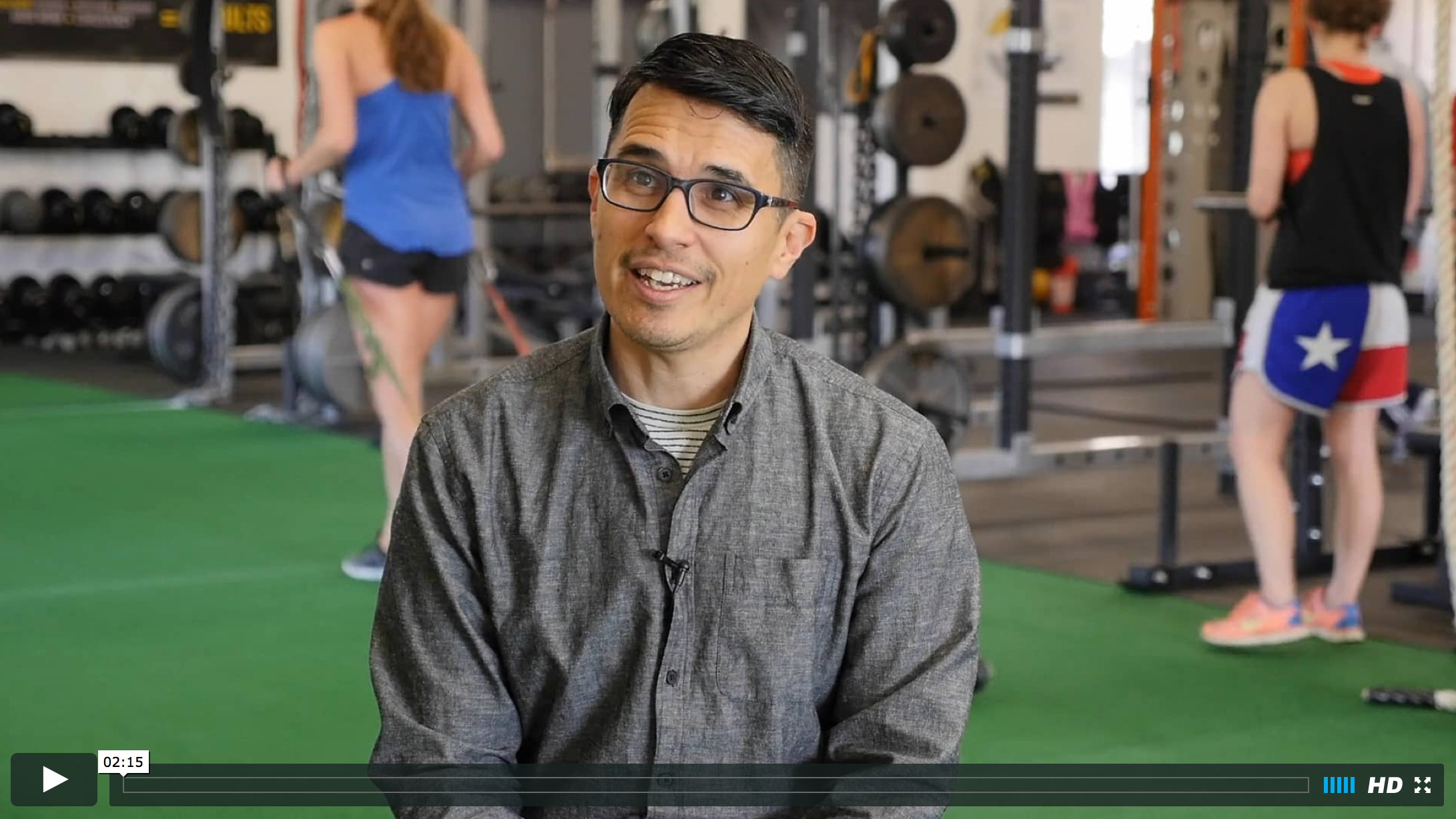A couple weeks ago Clear Creek Digital sat down with Jonathan Pope of Ethos Colorado to help edit this video of their client, Charles. Ethos Colorado is a uniquely structured gym for all fitness statuses. Clear Creek Digital is very proud to have them as a partner. Their mission is to help you make sense of fitness, nutrition, recovery so you can look, feel, and perform the way you want within the context of your life. Please be sure to check them out online!
But this project made me think of a couple tips I'd like to share with you when it comes to creating a client testimonial video. So if you are thinking about taking the step of shooting and editing a quick video, here are a few things to keep in mind.
1. Pay Attention to the Lighting
If you are shooting indoors and have windows, it is best not to have natural light from these windows be directly behind the subject of the video frame. This will tend to have the image be drowned within the light. If you are a professional shooter, you might be able to work around this. But for the amateurs out there, best to avoid the natural light unless you are actually filming outside.
2. Show what the Narrative is Saying
If you testimonial is saying something specific, the audience would also like to see it. For example, in our Ethos video, Charles mentions his physique before joining the gym. This is when we show an image from this time period. It would be confusing if we showed him any other way.
3. Be Aware of the Sound
This video from the gym was tough because there was obviously activity in the background of other patrons. There were other people chatting and weights being banged around a bit. But, it fits because it is indeed a gym and the background sound does not drown out the narrative. If you can, try to quiet the surrounding background sound by checking fans, air conditions, or other ambient sounds the microphone will most definitely pick up.
4. Don't Be Afraid to Shoot Close
When shooting B-roll or cover video to coincide with the narrative, don't be afraid to move the camera in closer, fill the frame, and capture the little things which make up a "scene." Once you place those shots from the scene into the timeline, the story becomes chronological and supportive.
Now, go forth and shoot my friend! Remember, we're always here to help you along the way!

